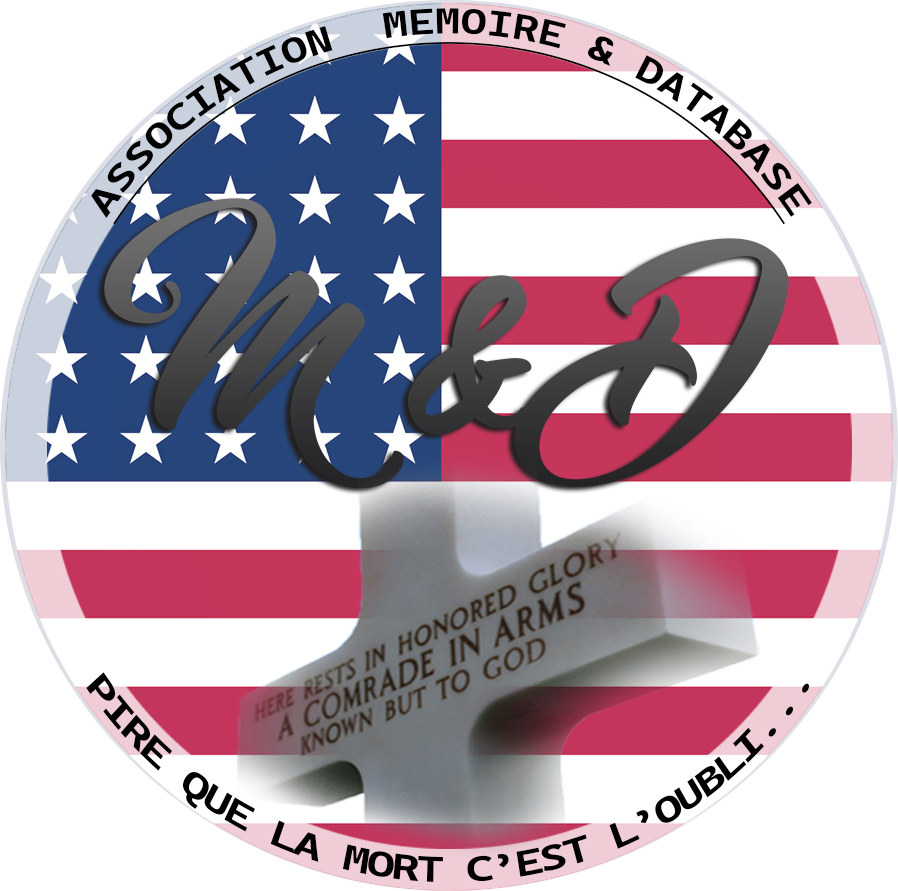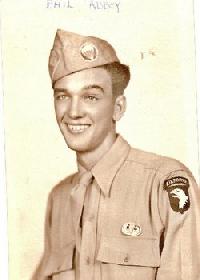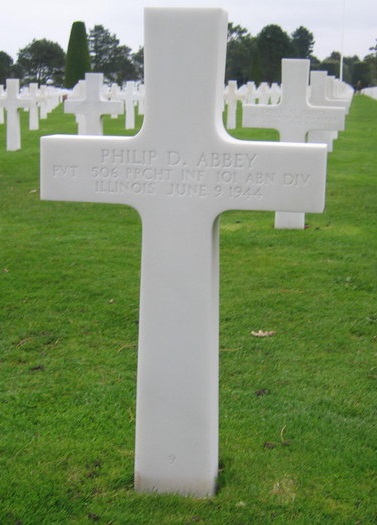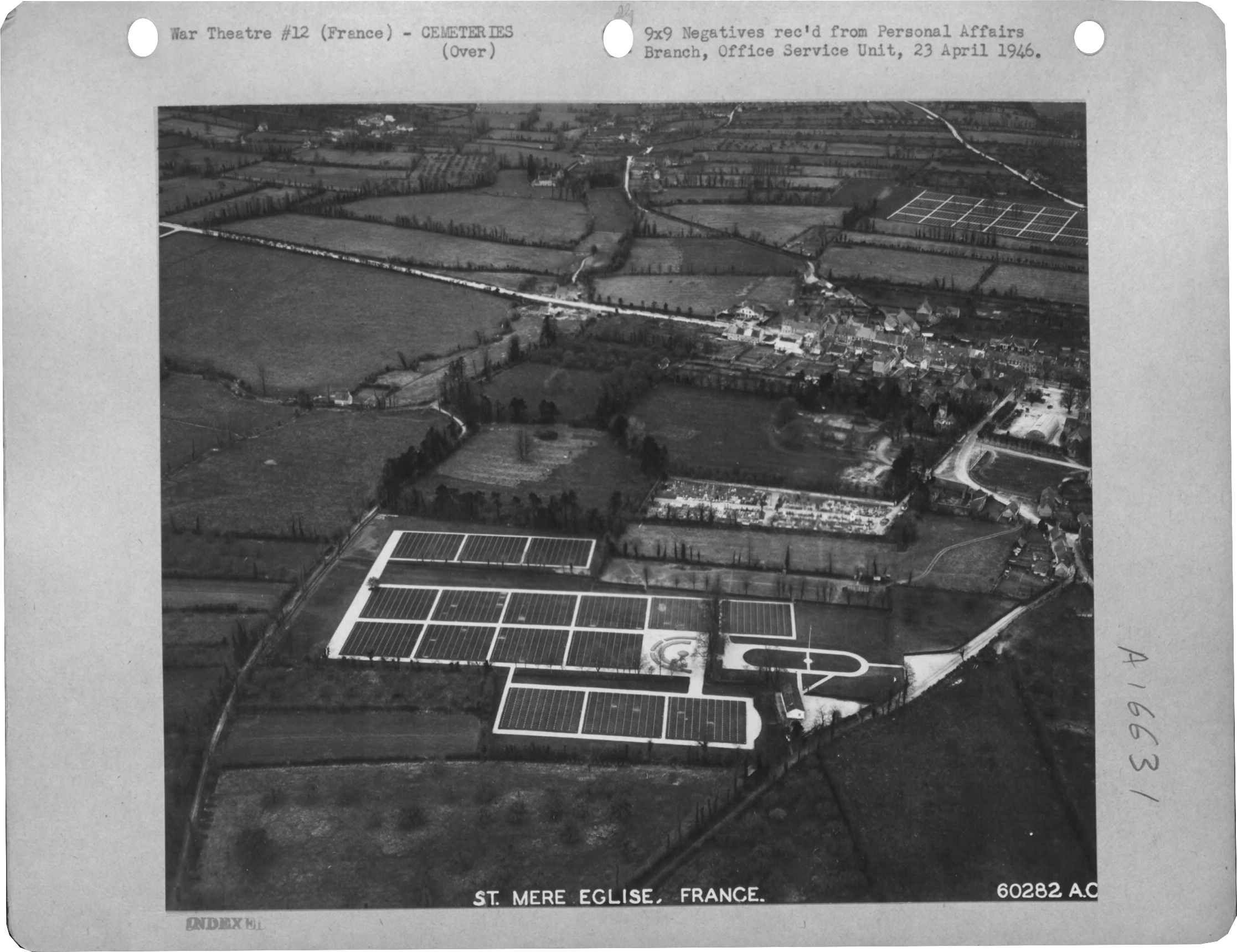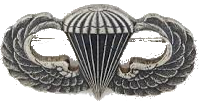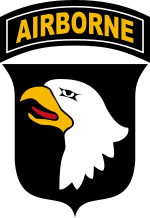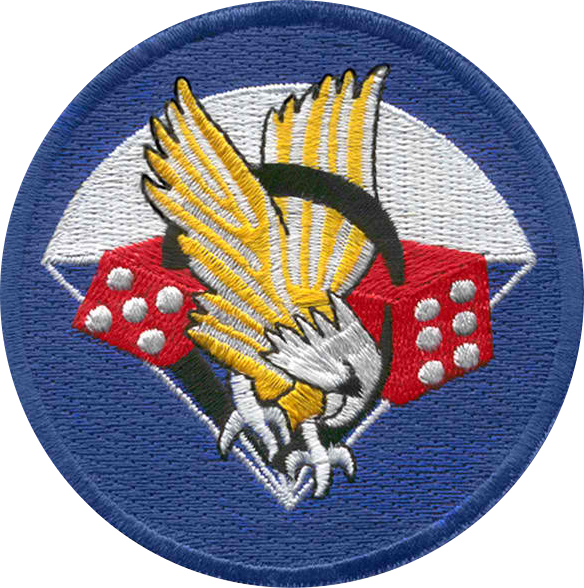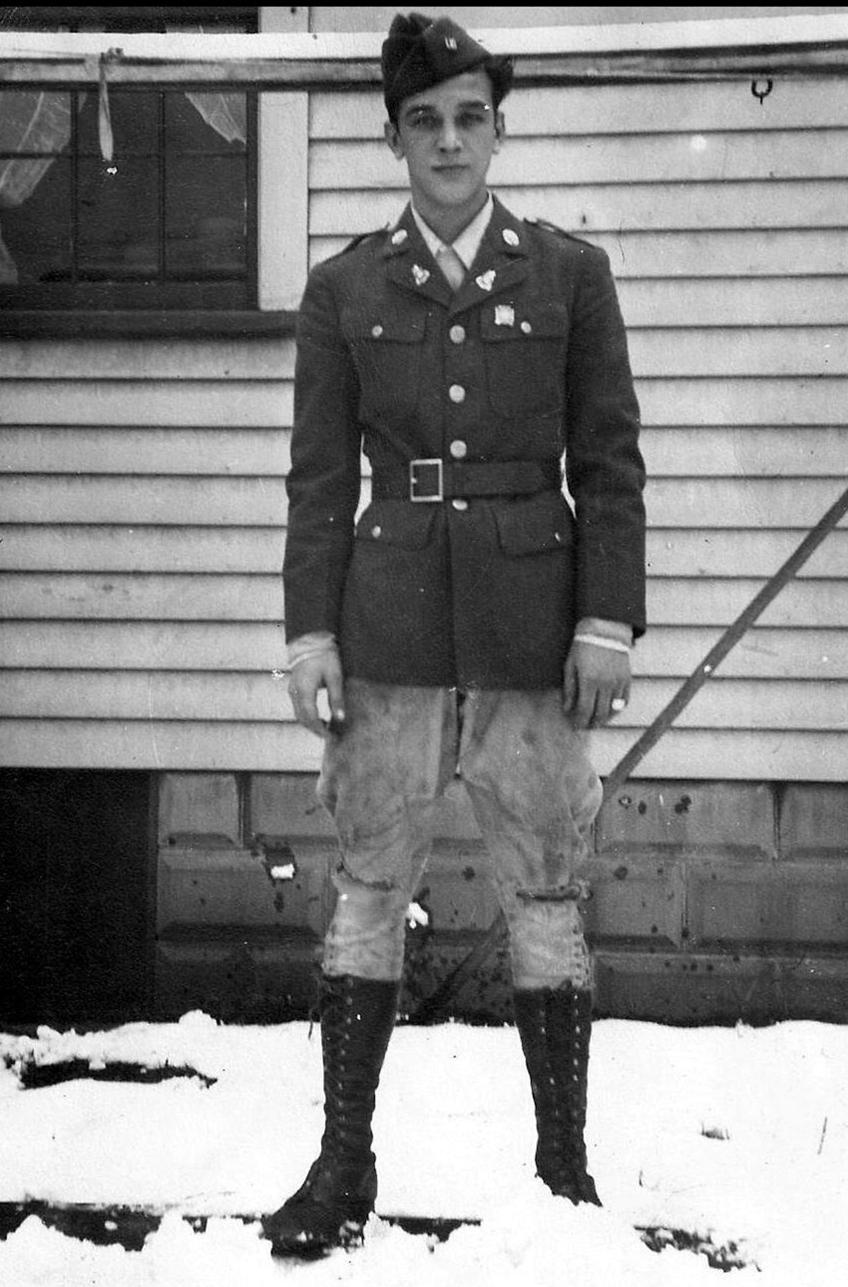|
Philip David ABBEY
| |||||||
|---|---|---|---|---|---|---|---|
|
Source : Janice Abbey | |||||||
| NUMBER OF SERVICE | 36447681 | ||||||
| AGE | 21 yo | ||||||
| DATE OF BIRTH | 18 October 1923 Peoria ILLINOIS | ||||||
| ENLISTMENT STATE | ILLINOIS | ||||||
| FAMILY | Parents : David Philip & Cecilia Stella Bamber Abbey Siblings : Richard George, Marilyn, Nannette & Carson Franklin | ||||||
| RANK | Private | ||||||
| FONCTION | Infantry | ||||||
| JOB BEFORE ENLISTEMENT | 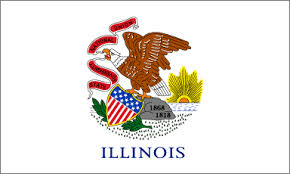 | ||||||
| DATE of ENLISTEMENT | 10 February 1943 | ||||||
| COMPANY | HQ Company | ||||||
| BATTALION | 3rd bataillon | ||||||
| REGIMENT | 506th Parachute Infantry Regiment | ||||||
| DIVISION | 101st Airborne Division | ||||||
| DATE OF DEATH | 9 June 1944 |
Source : Emmanuel Papin | |||||
| STATUS | KIA | ||||||
| PLACE OF DEATH | La Basse Adeville | ||||||
| CEMETERY TEMPORARY |
CEMTERY TEMPORARY of Sainte-Mère Église #1 N°3584
| ||||||
| CEMETERY | NORMANDY AMERICAN CEMETERY of Colleville | ||||||
| GRAVE |
| ||||||
| DECORATION |
| ||||||
| |||||||
| STORY | |||||||
| Originally from Peoria, Illinois, Philip lives in the heart of a family where he has two sisters and two brothers. Graduated from High School in 1942 then returning to active life, he decided to join the US Army and the airborne troops at the beginning of 1943. It will be the 506th P.I.R. regiment created in 1942. He joined Camp Mackall and the maneuvers in Tennessee. On June 10, 1944, the regiment was integrated into the 101st Airborne Division. On August 28, 1943, the 3rd battalion left Fort Bragg for Camp Shanks near New York in order to embark. Seven days later on September 5, the battalion left New York aboard HMTS Samaria for mainland Europe. On September 15 the Samaria docks in Liverpool. He joined Ramsbury where the 506th P.I.R. establishes his command post. Training, marches, fights, operational jumps will punctuate these weeks until D-Day. On the evening of June 5, the 3rd battalion took off from Exeter airfield aboard the C-47s of the 440th TCG of the 50th TCW, objective: Normandy and the DZ D near a small village called Angoville-au-Plain , the 3rd battalion had to take two bridges at a place called Le Port near Brévands in order to extend the bridgehead which would subsequently make it possible to establish a link with the 5th corps coming from Omaha. But history will decide otherwise and the parachuting of the 3rd battalion will be catastrophic and dramatic Philip lands near St Côme du Mont with a few other paratroopers; but in the field where they are hiding, a C-47 crashes in front of their eyes. 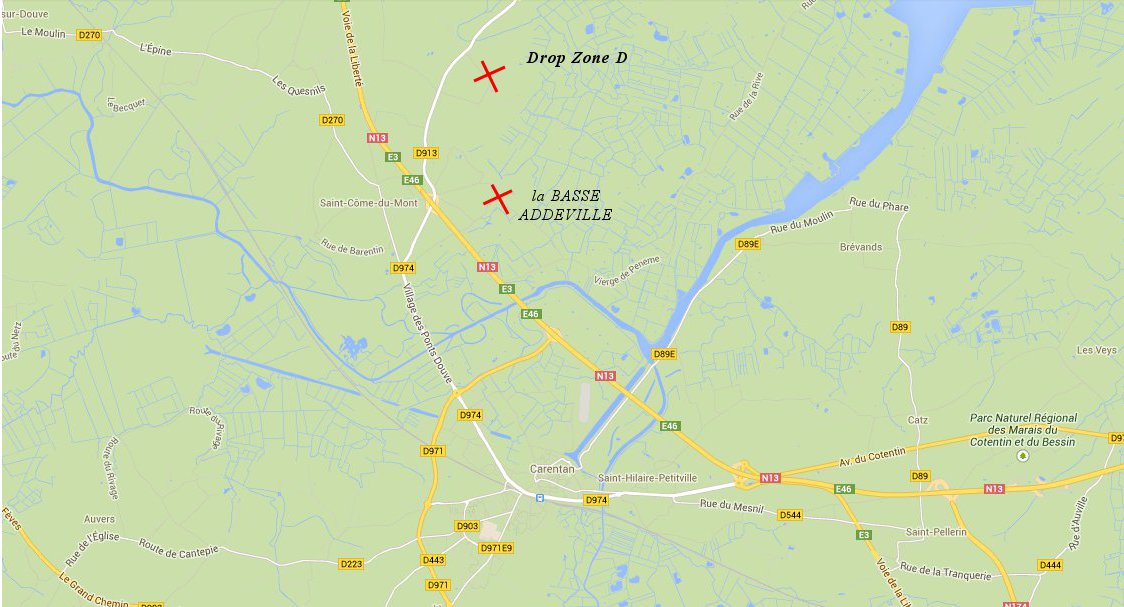 After crossing hedges and flooded fields, they find themselves at dawn near Basse-Adeville. As they reach a barrier, a German company hidden in tall grass near a path waits for the group to approach and shoot down a barrage of automatic weapon fire. Philip and his comrade were repeatedly hit in the chest and collapsed. Of the five other paratroopers, four were taken prisoner, and the fifth was killed a few minutes later. The Germans take away the Medic's medical kits, despite the presence of his armband with the red cross, the Germans do not respect him. They come back to the two seriously injured who lie on the ground in the most total suffering. Trying to make the Germans understand to administer first aid to them, Medic Gibson sees his two brothers in arms die in front of his eyes without being able to bring them help.
| |||||||
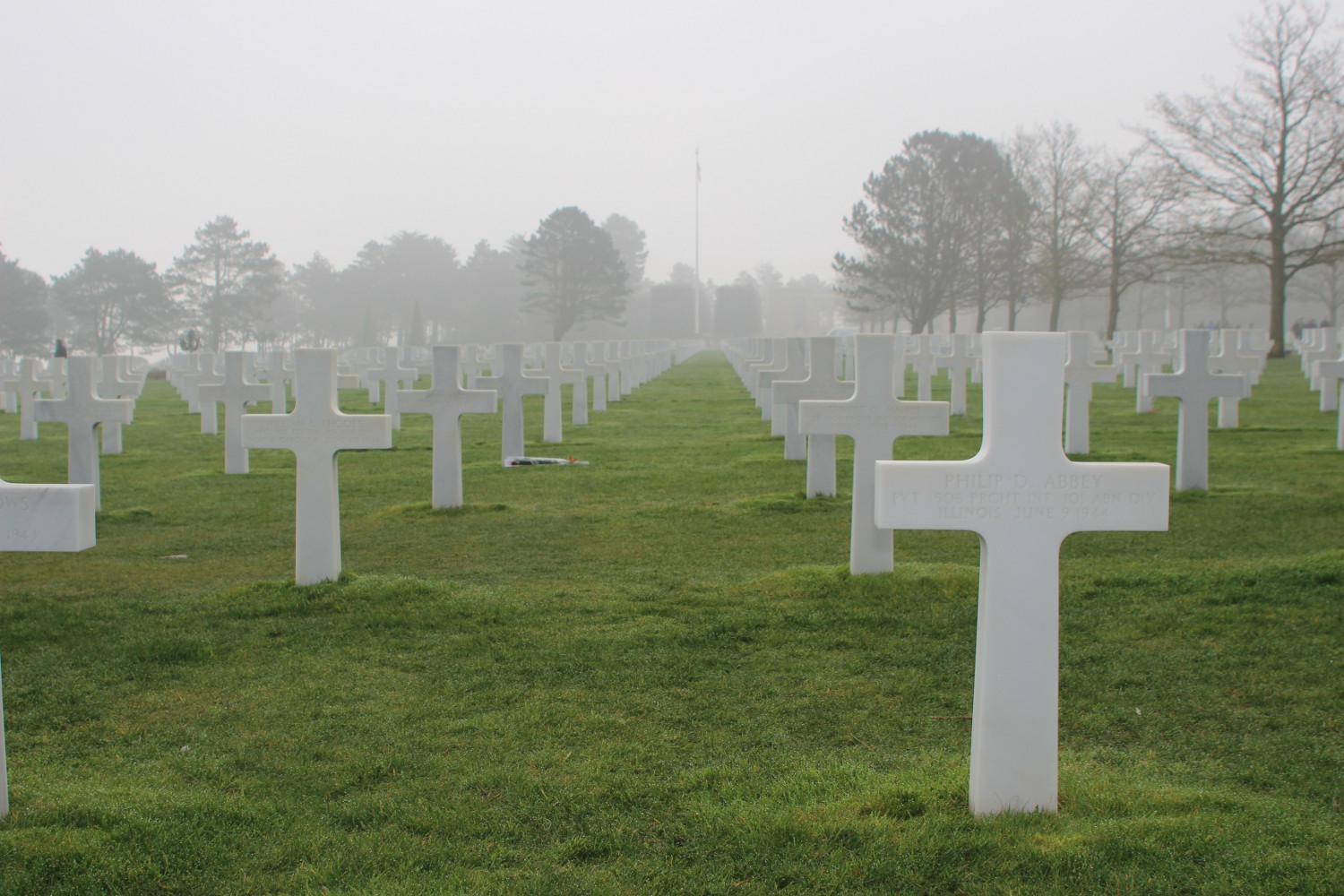 |
Source : Janice Abbey | ||||||||||||||||||||||
|---|---|---|---|---|---|---|---|---|---|---|---|---|---|---|---|---|---|---|---|---|---|---|---|
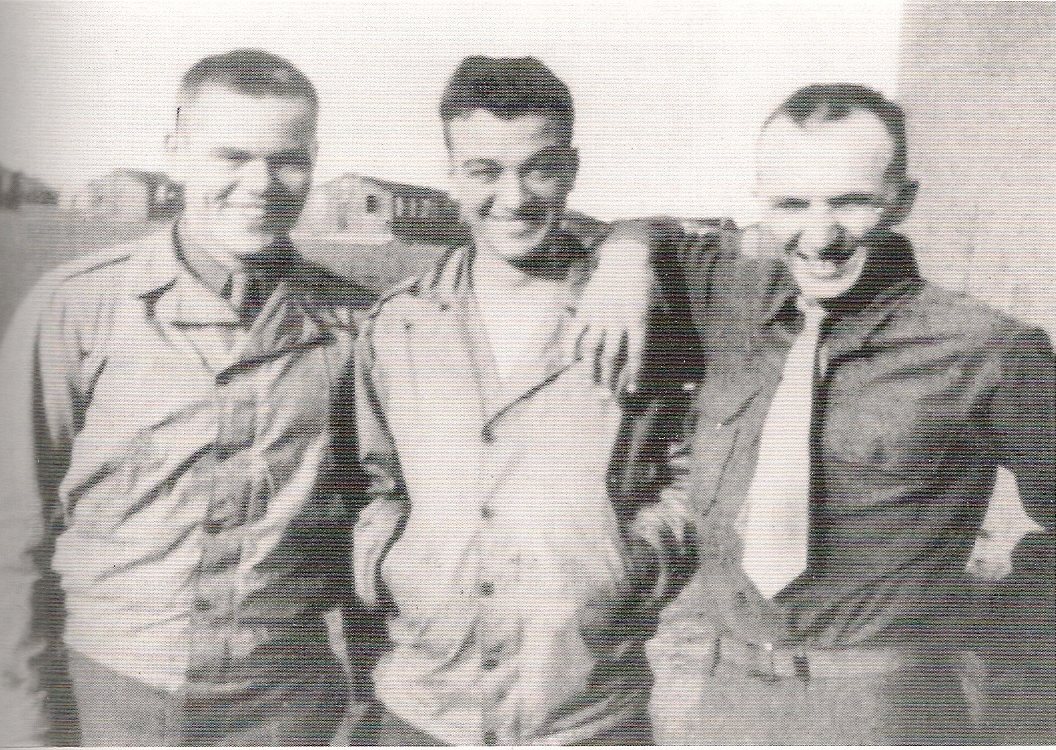 | |||||||||||||||||||||||
Activated/Activé |
Normandy/Normandie |
| 15 Aug 1942 | Days of Combat/Jour de Combat 214 |
| Casualties/Victimes 9 328 | |
Entered Combat/Entré au combat |
|
| 6 Jun1944 D-Day | |
|
Commanding Generals/Commandants généraux Maj. Gen. William C. Lee (Aug 42 - Mar 44) |
Campaigns/CampagnesNormandy (6 Jun 44 - 24 Jul 44) Rhineland (15 Sep 44 - 21 Mar 45)
|
PLAN DE ROUTE DE LA CAMPAGNE - CAMPAIGN ROUTE MAP |
|
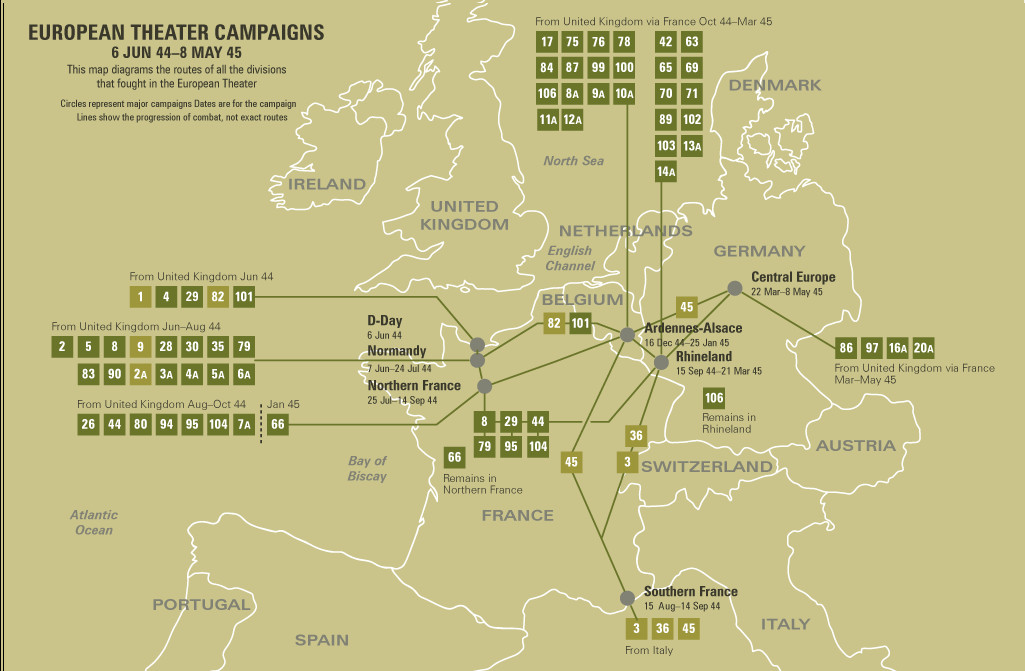 |
|
DIVISION CHRONICLEThe 101st Airborne arrived in England, 15 September 1943, and received additional training in Berkshire and Wiltshire. On 6 June 1944, the Division was dropped into Normandy behind Utah Beach. Against fierce resistance it took Pouppeville, Vierville, and St. Come du Mont. On the 12th, the stronghold of Carentan fell, and after mopping up and maintaining its positions, the Division returned to England, 13 July, for rest and training. On 17 September 1944, taking part in one of the largest of airborne invasions, the 101st landed in Holland, took Vechel and held the Zon bridge. St. Oedenrode and Eindhoven fell after sharp fighting on the 17th and 18th. Opheusden changed hands in a shifting struggle, but the enemy was finally forced to withdraw, 9 October. After extensive patrols, the Division returned to France, 28 November, for further training. On 18 December, it moved to Belgium to stop the German breakthrough. Moving into Bastogne under the acting command of Brig. Gen. Anthony C. McAuliffe, it set up a circular defense and although completely surrounded, refused to surrender on 22 December. Its perimeter held against violent attacks. The 4th Armored Division finally reached the 101st on the 26th and the enemy offensive was blunted. Very heavy fighting continued near Bastogne for the rest of December and January. On 17 January 1945, the Division moved to Drulingen and Pfaffenhoffen in Alsace and engaged in defensive harassing patrols along the Moder River. On 31 January, it crossed the Moder in a three-company raid. After assembling at Mourmelon, France, 26 February 1945, for training, it moved to the Ruhr pocket, 31 March, patrolling and raiding in April and engaging in military government at Rheydt and Munchen-Gladbach. The 101st reached Berchtesgaden by the end of the war and performed occupational duties until inactivation in Germany. |
CHRONIQUE DE DIVISIONLe 101st Airborne est arrivé en Angleterre, le 15 septembre 1943, et a reçu une formation supplémentaire dans le Berkshire et le Wiltshire. Le 6 juin 1944, la division est larguée en Normandie derrière Utah Beach. Contre une résistance féroce, il fallut Pouppeville, Vierville et St. Come du Mont. Le 12, le fief de Carentan est tombé, et après avoir nettoyé et maintenu ses positions, la Division est revenue en Angleterre, le 13 juillet, pour se reposer et s'entraîner. Le 17 septembre 1944, participant à l'une des plus grandes invasions aéroportées, la 101st débarque en Hollande, prend Vechel et tient le pont de Zon. St. Oedenrode et Eindhoven sont tombés après des combats acharnés les 17 et 18. Opheusden a changé de mains dans une lutte changeante, mais l'ennemi a finalement été forcé de se retirer, le 9 octobre. Après de longues patrouilles, la Division revint en France le 28 novembre pour suivre une formation complémentaire. Le 18 décembre, il a déménagé en Belgique pour arrêter la percée allemande. Déménagement à Bastogne sous le commandement de Brig. Général Anthony C. McAuliffe, il a mis en place une défense circulaire et bien que complètement encerclé, a refusé de se rendre le 22 décembre. Son périmètre tenu contre les attaques violentes. La 4e division blindée atteignit finalement la 101e le 26 et l'offensive ennemie fut émoussée. De très violents combats ont continué près de Bastogne pour le reste de décembre et janvier. Le 17 janvier 1945, la division s'est déplacée à Drulingen et à Pfaffenhoffen en Alsace et s'est livrée à des patrouilles de harcèlement défensif le long de la rivière Moder. Le 31 janvier, il a traversé le Moder dans un raid de trois compagnies. Après s'être rassemblé à Mourmelon, France, le 26 février 1945, pour s'entraîner, il s'installa dans la poche de la Ruhr, le 31 mars, patrouillant et faisant des raids en avril et s'engageant dans un gouvernement militaire à Rheydt et Munchen-Gladbach. La 101e a atteint Berchtesgaden à la fin de la guerre et a exercé des fonctions professionnelles jusqu'à l'inactivation en Allemagne. |
| SOURCE INFORMATION & PHOTO | Armydivs.squarespace.com |
|---|
| SOURCE INFORMATION & SOURCE PHOTO | Bruno CADEVILLE - Findagrave.com |
|---|---|
| PROGRAMMER | Henri, Garrett, Clive, Frédéric & Renaud |


